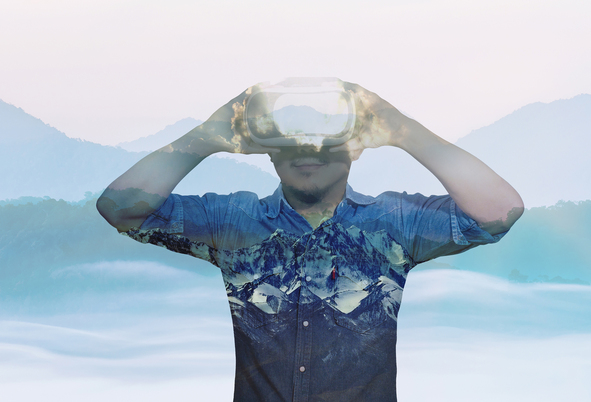Virtual Reality (VR) is reshaping mental health treatment, offering a safe, immersive, and adaptable approach to managing acrophobia, a fear of heights that affects millions worldwide.

Ir. Professor Dr. Leong Wai Yie, senior professor at INTI International University’s Faculty of Engineering and Quantity Surveying (FEQS), discusses how Virtual Reality is transforming acrophobia treatment by providing immersive and customisable therapy.
A study led by Ir. Professor Dr. Leong Wai Yie from INTI International University’s Faculty of Engineering and Quantity Surveying (FEQS) examines how VR therapy is redefining acrophobia treatment. The study “Innovations in Virtual Reality for Treating Acrophobia: Design and Implementation” explores how VR creates controlled therapeutic environments that help patients confront their fears more effectively than traditional exposure therapy.
“Virtual Reality is a game-changer in treating acrophobia,” says Professor Leong. “Its ability to create safe, customisable, and immersive environments not only improves patient outcomes but also opens new possibilities for the future of mental health treatment.”
Traditional exposure therapy relies on real-world scenarios that can be challenging to set up and come with safety risks. VR therapy eliminates these barriers by simulating height-related experiences such as standing on a suspension bridge, walking across a glass floor, or overlooking a cityscape from a skyscraper. These simulations can be adjusted in intensity, allowing patients to progress comfortably in a safe setting.
A key feature of VR therapy is multisensory feedback, which enhances realism. Vibrations simulate unstable surfaces, while auditory elements such as wind and creaking bridges create a heightened sense of immersion. Physiological monitoring, including heart rate and skin conductance tracking, allows therapists to adjust the experience in real-time, ensuring the therapy remains effective without overwhelming the patient.
Professor Leong’s study highlights the effectiveness of VR therapy in treating acrophobia. Patients who underwent VR therapy showed a 45 per cent reduction in anxiety levels, compared to 30 per cent with traditional methods. Retention rates were also significantly higher, with only 5 per cent of patients discontinuing treatment, compared to 20 per cent in conventional therapy. By eliminating the need for real-world exposure, VR provides a replicable and cost-effective alternative that makes treatment more accessible.

Research into Virtual Reality therapy is advancing mental health treatment by offering safe, adaptable, and effective solutions for overcoming phobias like acrophobia, with applications extending beyond mental health care.
Despite its advantages, VR therapy still faces hurdles. High equipment costs and the need for standardised clinical protocols remain challenges to wider adoption. However, ongoing advancements in VR technology are making these systems more accessible and refining their applications in clinical settings. INTI’s research contributes valuable insights into how VR can enhance mental health treatment, expanding options for patients and healthcare providers.